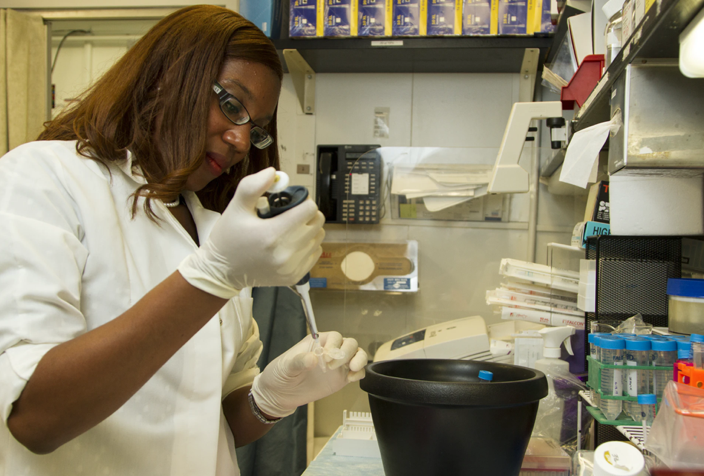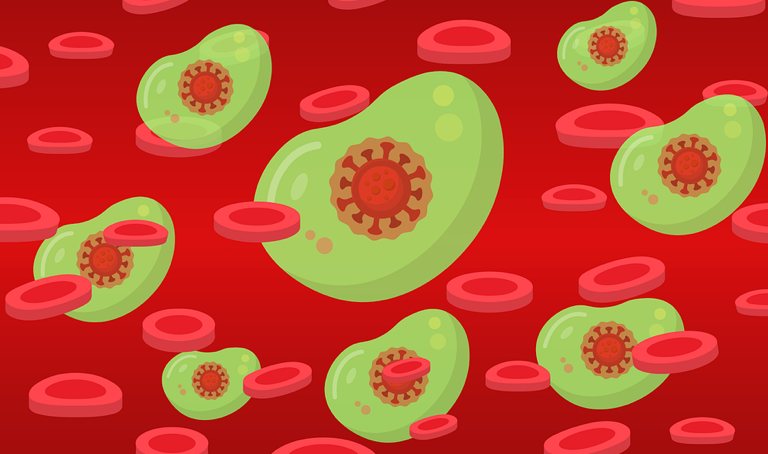The emergence of advanced technology in this area could help optimize the key steps involved in the development and production processes of antibodies and reduce turnaround time significantly in the future.
Antibody development and production have an innate role in the pharmaceutical industry. The growing quantum of research requires competent antibody production capacity to meet the demands of the industry. Over the years, several technologies have emerged to cater to the large-scale production of antibodies without compromising on quality. But there are still some complex variables that extend the lifecycle from crude to finished products, especially because certain steps utilize processes that haven’t changed much since the 1970s and ’80s.
Let us take a look at the current development and production processes of antibodies and how they satisfy the demands of the industry.
Understanding Antibodies Development and Production
The terms production and development of antibodies have been used interchangeably in the industry over the years. Antibodies production is also assumed as an umbrella term for the entire process of generating specific antibodies starting from immunogen preparation to the final purification.
Antibodies development refers explicitly to the processes that introduce an antigen in a host to trigger antibodies in its system. It involves the characterization and generation of these antibodies. On the other hand, antibody production refers to the process of deriving large amounts of the developed antibodies. It involves the use of different methodologies and techniques to achieve large-scale results.
While antibodies develop in any host species, the production only happens when the molecules are grown and isolated.
Antibodies Development
The process for antibody development in monoclonal and polyclonal antibodies varies significantly. While polyclonal antibodies are available after purification from the serum, monoclonals go through the hybridoma development process to obtain the molecules.
Monoclonal Development – Hybridoma Process
The process starts with the immunization of the host animal – typically a mouse or a rat. The injection of antigen into the peritoneal cavity or subcutaneously acts as a stimulus for the B-lymphocytes to respond. The intravenous injection of a high dose of antigen occurs three days before retrieving the spleen from the animal.
The separation of lymphocytes from red blood cells occurs from the spleen fluid through density centrifugation and washing. Following this, the lymphocytes fuse with myeloma lymphocytes which are then exposed to a fusion-promoting agent like polyethylene glycol to enhance the results. Now placing this mixture in a HAT(hypoxanthine, aminopterin, and thymidine) medium motivates the growth of only the fused cells. These desired cells further go through isolation to prepare for monoclonal antibodies production.
Antibody Production
In Vitro
In-Vitro production is a popular process for monoclonal antibodies. Post isolation of fused hybridoma cells, a basic contamination check happens. Expanding the cell culture on a roller bottle or agitated cell suspension is the next step towards beginning the large-scale production of antibodies.
The typical cell growth density in this method is about 1-2*105 cells/ml. The culture continues for the next few weeks, along with regular monitoring of the growth. The cells finally go through centrifuging at about 4000rpm to isolate them from the culture medium. All that is left is for the antibodies to go through purification to generate an average yield of 15 – 40 mg/L.
In Vivo
Post fusion to obtain hybridoma cells, the expansion occurs in a host animal, like a mouse or rat, in the case of In Vivo. Injecting about 1*106 cells in the peritoneal cavity of the chosen animal causes the hybridoma cells to expand as ascites tumors. The entire process takes about 7-10 days, and the ascites are ready for harvest. Centrifugation of the obtained samples will give out the desired antibodies.
Although the process evidently gives a large quantum of results compared to In Vitro, ethical issues regarding the use of animals and higher probability of contamination challenge large-scale adoption.
Microencapsulation
In microencapsulation, the hybridomas cells grow inside hollow microspheres embraced by a porous membrane. The growth density of cells is higher in this case, and the probability of contamination is also minimum. The average output from this system is about 100mg to 1000mg per liter of culture medium.
Single Domain Antibody Production
While the process for this method varies across the industry, the use of phage display to express certain antibodies in E-coli bacteria is a common way of doing it. The bacteria are then grown in cultures, and the supernatant that constitutes the antibodies is harvested.
This method offers faster turnaround times for monoclonal production. It also eliminates the stress of contamination that reduces the need for expensive purification processes.
Polyclonal Development
The process begins similar to monoclonals, with the immunization of the host animal. In this case, the animal is typically a rabbit. Over the next few weeks, the animal goes through repeated immunization to trigger higher concentrations of antibodies. Each time antibody titers are created to determine the molecule levels and compare them with the desired yield.

A combination of adjuvant and antigens constantly increases the titers until the required amount is available. The blood is ready for harvest from the host, which goes through a few steps like salt precipitation to separate serum fraction from cellular fraction and unwanted proteins. The final product, antiserum, contains the desired polyclonal antibodies for production that require purification before use.
Conclusion
Antibody production has a crucial role in the pharmaceutical industry. Companies widely utilize the processes mentioned above worldwide to meet the production requirements of the industries.
The emergence of advanced technology in this area could help optimize the key steps involved in the development and production processes of antibodies and reduce turnaround time significantly in the future.
Sources:
https://www.genscript.com/standard-polyclonal-antibody-and-antiserum-services.html?src=leftbar
https://www.intechopen.com/chapters/51512
https://www.mabxience.com/blogs/monoclonal-antibody-production/
https://www.sinobiological.com/resource/antibody-technical/scfv-antibody-production


Join the conversation!